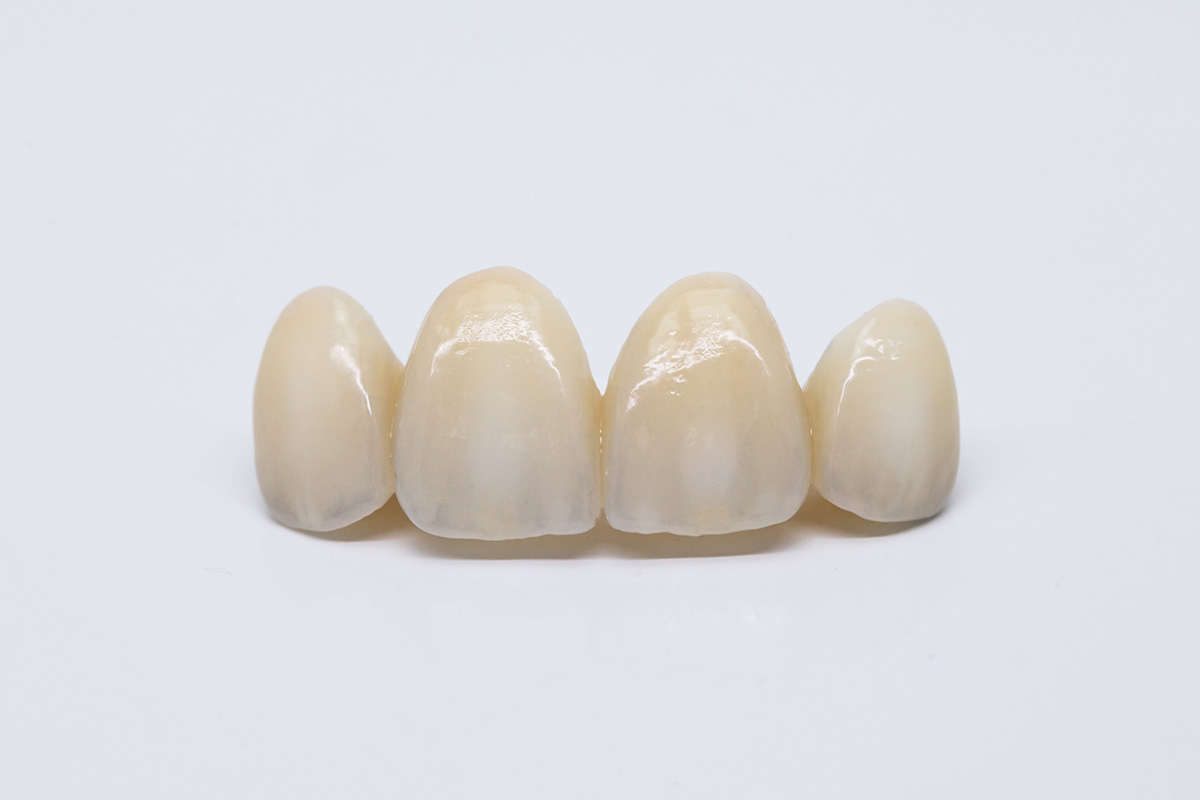What is a dental bridge?
A dental bridge can fill the gap if you have one or more missing teeth. A bridge is typically made of crowns on either side of the missing tooth supporting the pontic (false tooth) in the middle and is cemented in place.


Who needs a dental bridge?
Dental bridges can help if you have a missing tooth or even teeth. The most common causes of missing teeth are tooth decay, periodontal disease and injury. To get a dental bridge, you need healthy teeth on either side of the missing ones. Opting for a tooth bridge nz can help maintain proper bite alignment and prevent further dental complications.
Why do I need a dental bridge?
Your teeth work together to absorb the pressure when biting or eating. If a tooth is missing, nearby teeth can move into the empty space and take on extra load. The teeth in your opposite jaw can also move up or down toward the space. This can cause:
Our dental bridges services in Hamilton are known for providing high-quality, long-lasting solutions for missing teeth.
What does a dental bridge
look like?
A typical dental bridge has:
Dental Bridges Hamilton services offer a range of options to suit individual needs, ensuring both functionality and aesthetics.
What types of dental bridges
are available?
The four main types of bridges are:
What can I use instead of a dental bridge?
Some people choose partial dentures, which are removable false teeth. You take them out to clean them. You may also be a candidate for a dental implant. An implant is surgically placed in your jaw. Your dentist can help you figure out what the best option is for you.
Procedure Details
What happens during a procedure for a traditional dental bridge?
You’ll typically need at least two appointments:
